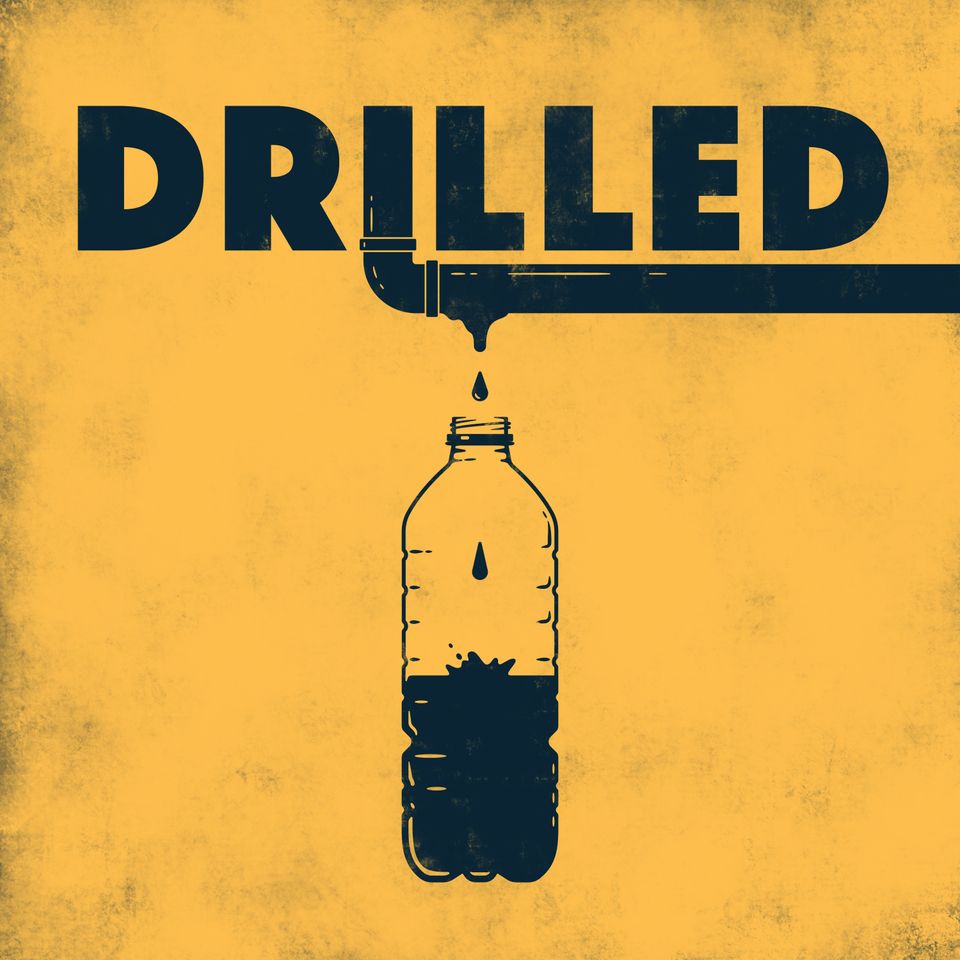S6: The Bridge to Nowhere

A season in three parts about the past, present, and future of the natural gas industry. For decades the fossil fuel industry has been positioning fossil gas (aka “natural gas”) as an alternative fuel, a part of the energy transition, a bridge to less emissions-intensive energy sources. In this three-part season we break down exactly how false that idea is, and the lengths the industry has gone to to perpetuate this myth.
Part 1: Plastic Pipelines
In Par1, we dug into how the fracking boom led to a plastics boom, through the story of Formosa Plastics on the Gulf Coast.
Ep 1: Don't Mess with Texas
A look at how the fracking boom led to a plastics boom, through the story of one petrochemical company operating on the Gulf Coast, and the two women—one in Texas, the other in Louisiana—taking them on.
Ep 2: Erasing the Imaginary Line
Diane Wilson couldn't keep Formosa out of her town, but down the coast in Louisiana the community in St. James Parish, led by Sharon Lavigne, is fighting like hell to keep them out.
Ep 3: And Then There Was Covid
Just as the fossil fuel industry was starting to worry about demand for single use plastics, along comes a global pandemic that they could leverage to push more of the stuff. And they did! But was it enough to save them entirely?
Ep 4: Keeping Oil Alive
The team at UnEarthed, an investigative journalism project funded by Greenpeace in the UK, went undercover and got ExxonMobil execs on tape talking through the company's climate playbook in detail. Today, an unpublished part of that report, in which a former Exxon lobbyist details the company's and the industry's plans on plastics.
Ep 5: Whack-a-Mole
In the final episode of part 1 in our Bridge to Nowhere season, we look at the chronic whack-a-mole problem in frontline communities. Just as one facility gets shut down or cleaned up, another is waiting to take its place. In a lot of ways, the plastic problem itself is a whack-a-mole issue catalyzed by progress in shifting away from fossil fuels in the transport and building sectors. How can policy makers and activists predict and prevent these sorts of problems?
Part 2: The New Climate Villains
In part 2 of our Bridge to Nowhere season, we're digging into how the gas industry--from oil and gas companies to pipeline companies to utilities--is grappling with its new role in the climate conversation, from successfully marketing itself as part of the solution to being cast as part of the problem.
Ep 1: A Busload of Covid
In April 2020 when San Luis Obispo announced a plan to become the first city in Southern California to ban gas in new buildings, the region's utility SoCal Gas--the largest gas utility in the country--sprung into action, threatening among other things to bus in large numbers of protestors to crowd the town and city hall, refusing to mask or social distance just as the pandemic was taking hold in the U.S.Check out the Los Angeles Times for more reporting on this: https://www.latimes.com/environment/story/2020-05-06/socalgas-union-leader-protest-threat-no-social-distancing
Ep 2: The New Climate Villains
For more than a decade, even environmental advocates promoted the idea of fossil gas as part of the solution on climate change. But while it did help to reduce dependency on coal and thereby reduce CO2 emissions and air pollution, it came with a whole host of its own problems. Today, how the industry is dealing with its new role as part of the problem, rather than the solution.
Ep 3: Anatomy of a Front Group
A year after San Luis Obispo took the lead in Southern California on a gas ban, the coastal town of Santa Barbara was evaluating a similar proposal, and residents were being spammed with texts encouraging opposition to the ban and offering information through a new "grassroots" group: Citizens for Balanced Energy Solutions. Except it wasn't a citizens group at all, it was a front group started by the country's largest gas utility.
Ep 4: Epic Astroturfing
Even before the gas industry got into the front group business it was using some questionable tactics to stave off electrification. In this episode, LA Times energy reporter Sammy Roth and Floodlight's deputy editor and investigative climate reporter Miranda Green join to walk us through a wild story from the ports of Los Angeles and Long Beach. Check out more from them here: https://www.latimes.com/business/story/2021-08-16/clean-air-gas-trucks-la-long-beach-ports
Ep 5: The Disaster Capitalist Response to Russia-Ukraine
In the response to Russia's invasion of Ukraine, the gas industry is now fully embracing it's new role. Right alongside the API, Chevron, and the U.S. Chamber of Commerce, the industry moved quickly to capture the narrative in the early days of the invasion, going from disinformation blitz to policy wins within a matter of weeks.
